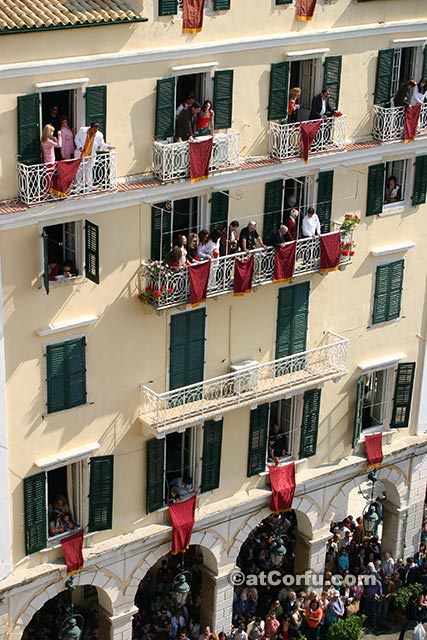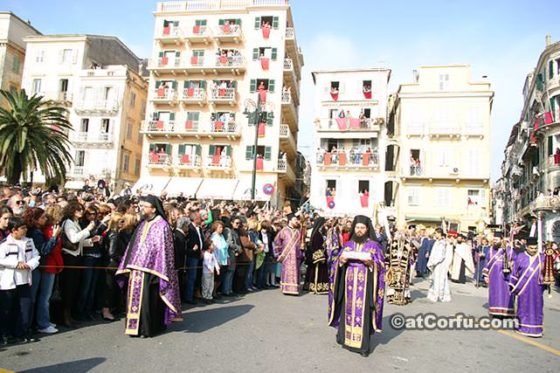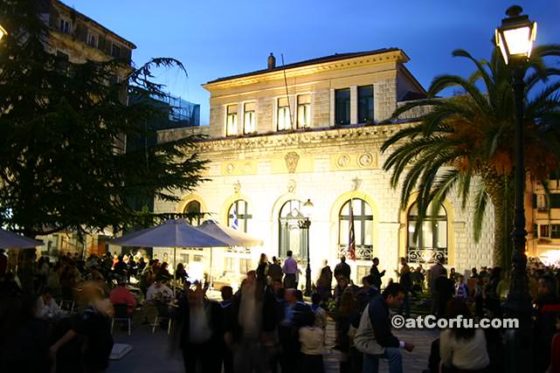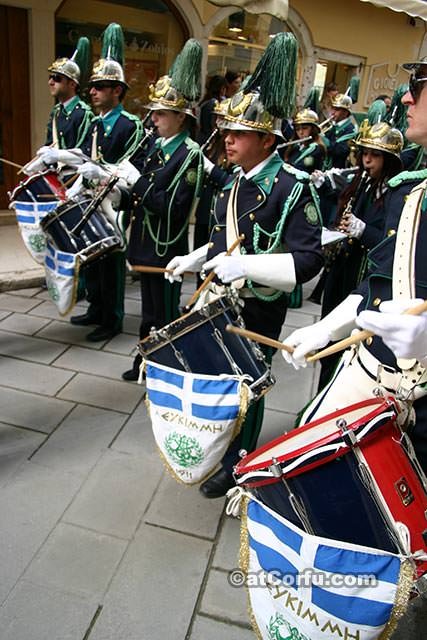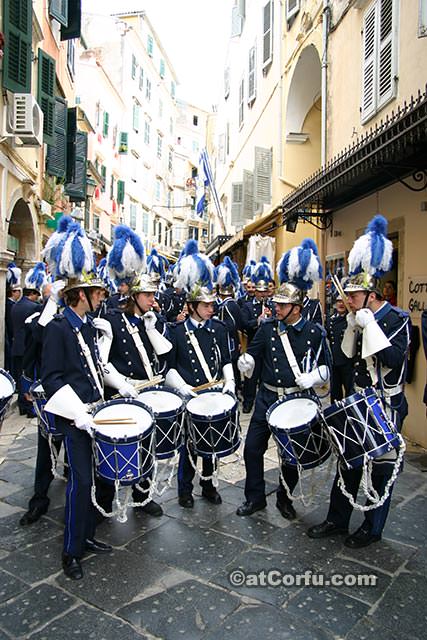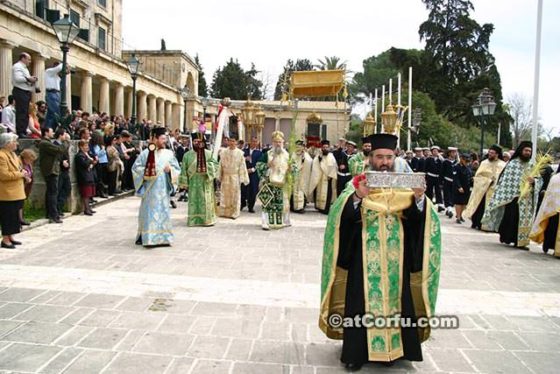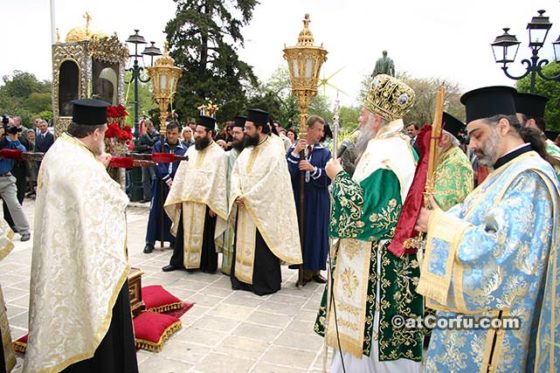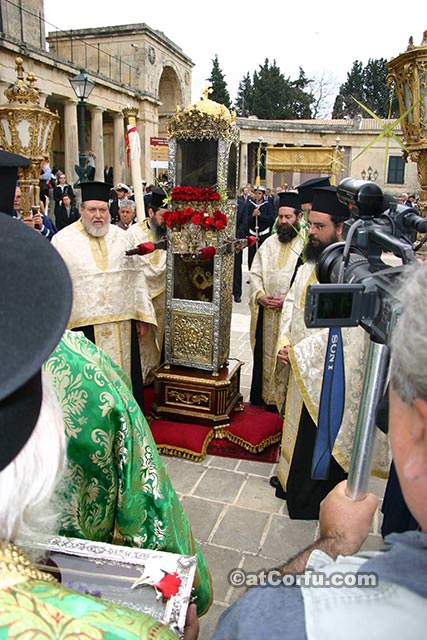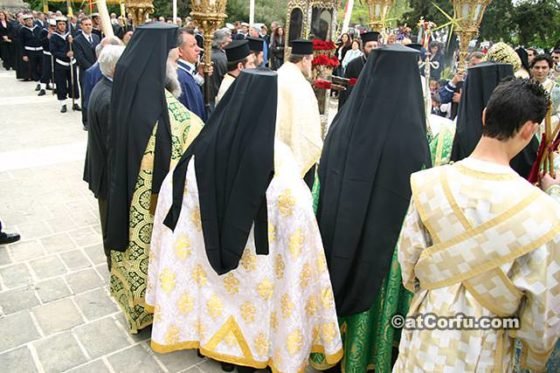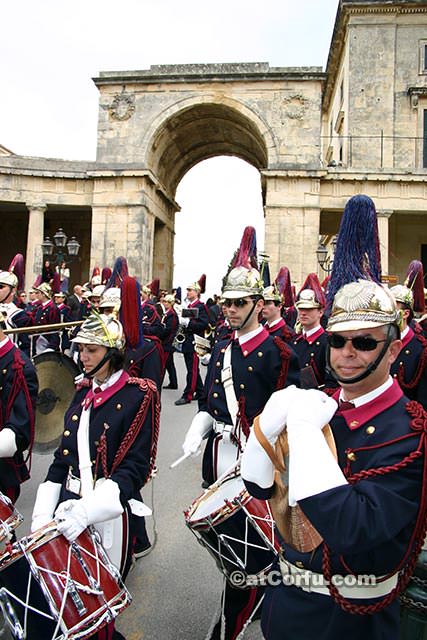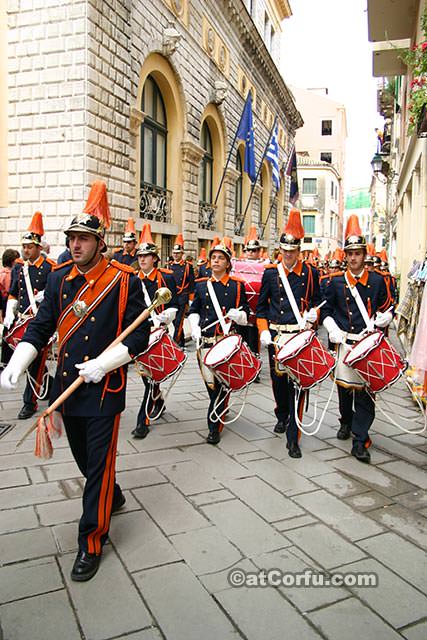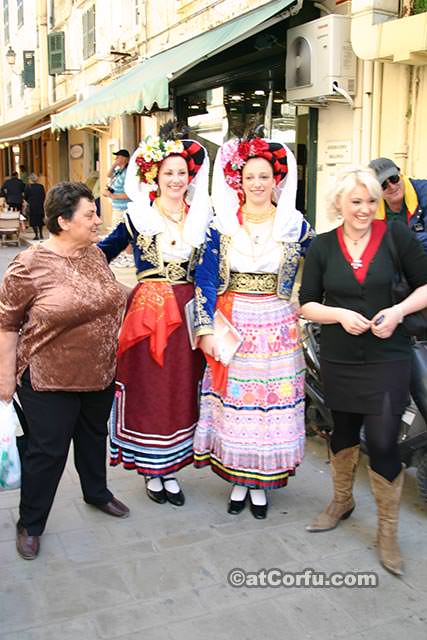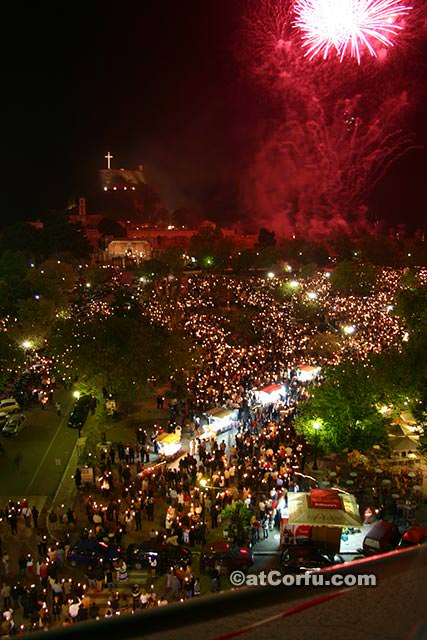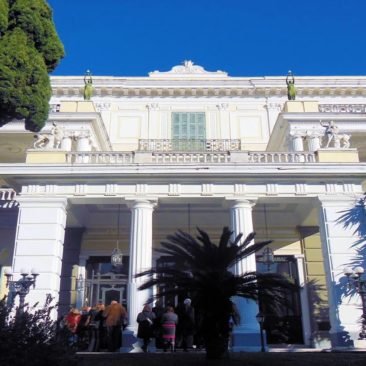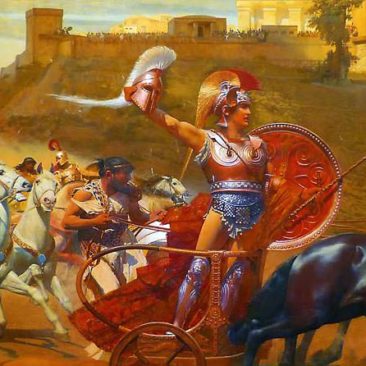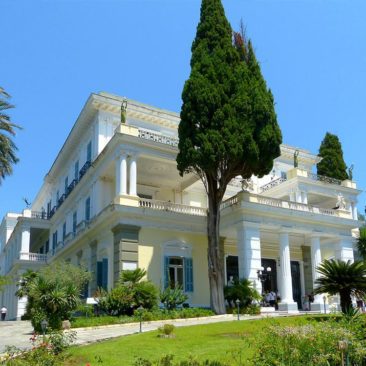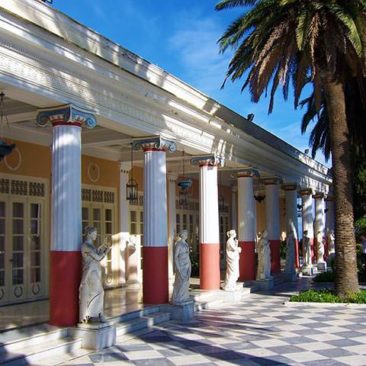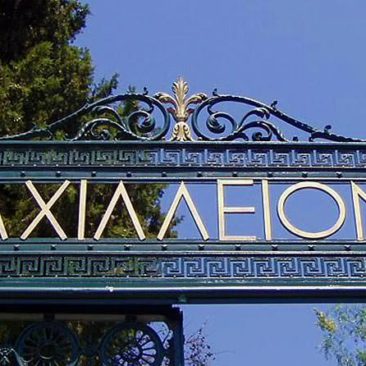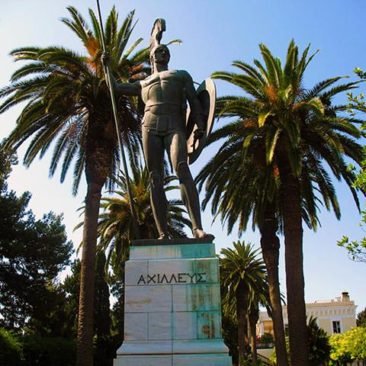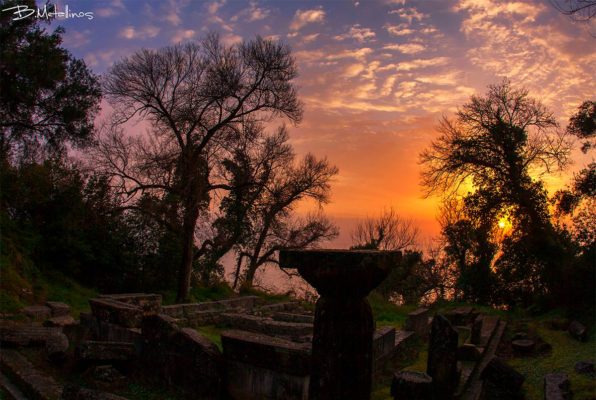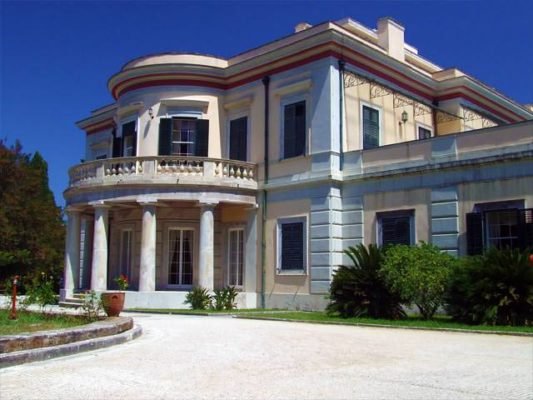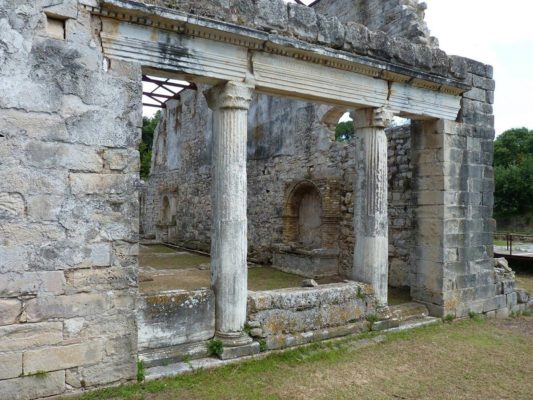Alexa Toolbar: Service Closes Down But Still Works!
Alexa service closes down But… Still Counts!
How? We don’t know how but those who can’t live without it, can install this Firefox plugin and still get access to the Alexa ranking system, which is still alive and counting! We don’t know though for how long.
Alexa toolbar closes down – What was Alexa Toolbar?


Alexa was a global ranking system that compiled a list of the most popular websites utilizing web traffic data. This was the Alexa Rank.
To collect the data it used a toolbar, the Alexa toolbar.
But until recently, Amazon, the company that developed Alexa, claims that they use more tools and sources to achieve this, a claim that is not confirmed by our observations anyway.
Alexa, thus, was a global ranking system. The lower the Alexa rank number, the more popular the website was.
Alexa was supposed to show how each site ranks on the web compared to the rest of the websites. Depending on how many visitors it received in conjunction with the pages of the site that each visitor seed and the time spent on the site.
It was a compare tool rather than a web traffic tool.
The ratio of Alexa ranking was not the number of visits, but a combination of different quality traffic characteristics. It didn’t show the traffic for any website but was particularly useful to compare two or more sites.
The Alexa number showed the standing for each site compared with the rest. A smaller number means a higher position, with the number one being at the top. While new and unknown sites with little to no traffic rank at several million or were not ranked.
An Alexa rank of 10.000, for instance, means that the site was 10,000th in the world and so had many more visitors than a site that ranked at 1,000,000.
Alexa data and rankings were updated daily.
Needless to say that Google stands at number 1 and Facebook at number 2, and this was still going on unchanged for years.
Some more estimations about possible traffic. If a site had an Alexa number inside a few million that meant it was getting no more than 10-15 visitors per day. If it was around one million then its traffic was estimated to be around 100 visits per day. While if it was less than 500,000 it received around 1,000 daily visits.
Numbers below 100,000 could be a sign, although not accurate, of high traffic of several thousand users per day.
Anyway, all these estimations later proved nothing more than false estimations, VERY FALSE!
If you cared about such important details of the websites you visited, then you had to install the Alexa toolbar extension into your browser. it was recommended to use either Chrome or Firefox.
Alexa toolbar installation was easy. You could download it from their website (Alexa toolbar download) and follow the instructions.
The toolbar claimed that offered more features as well. Such as protection from pop-up windows, extra info about the site, page history, page’s earlier versions, and other features.
It was not spyware as some people thought. It collected data from many sources so it could provide some data about traffic statistics. It didn’t collect or use personal data.
All this would be nice and useful if it were true


But the truth was that the numbers provided by this system were unreliable, away from reality.
Except for the very large websites, where statistics were more accurate, the rest of the system was almost a failure.
We have seen this over and over again during the last few years. By comparing the real stats of websites and cross-referencing data from other webmasters too.
We found websites with few visitors in the top 500,000 or 100,000. and on the contrary, websites with thousands of visits rank very low under the million spot.
There were hundreds of such examples that prove what we are saying.
Even after so many years, it was the nature of this system that made it unable to approach the depiction of internet reality. This made it completely useless, and thus unfair.
Many advertisers still used it until recently to choose between websites for their advertising campaigns. Unfortunately, that was a huge mistake.
Every serious SEO should know this weakness and not take Alexa into consideration.
So, to the question: what should I do to improve the ranking of my website on Alexa? The answer is simple, do nothing, forget about Alexa as it doesn’t exist anymore.
But why Alexa was unreliable?
So the question arises: How come a web-based ranking system that has been in place since 1996 and developed by a large company like Amazon was so unreliable?
Alexa claims that they used more than 25.000 different toolbars to collect data! Wow…what a number! But they never mentioned which toolbars, not even one of them, and anyway, our 5 years of observations showed that only data from their toolbar were affecting their rankings, so, clearly, they lied!
So, regardless of their claims, this system was mainly based only on the statistics collected by their own toolbar.
And it is well known that very few internet users used this toolbox. For the sake of accuracy, a very small percentage who are mostly advertisers or webmasters used it. While the others avoided it and the overwhelming majority seems to never even heard of it altogether.
It’s obvious that, if a website due to its niche had visits from technicians and SEO experts, it would very likely have a very good place in the rankings. It could be in the top 100.000 even if it did not receive more than 40 -50 visits a day.
On the other side, a tourist site visited by thousands who did not have the toolbar could rank very low down in the millions.
But the Alexa system was also useless because it could be easily manipulated or altered.
At a very low cost, one could decrease this number by paying for fake visits with the toolbar enabled. At least this happened a couple of years ago! And still worked until the system’s end.
Also, one or two people using the toolbar and visiting the same site several times daily could affect the results.
We did it on another website a few years ago and we managed to get a very low-traffic website at the 100,000th spot!!!
No serious webmaster will ever participate in such stupid practices. Thus jeopardizing its prestige and good position in Google results that bring quality traffic.
So Alexa’s system was perforated and manipulated easily. Therefore was completely unreliable, the best thing to do was to IGNORE IT!
Update 2020, Alexa was somehow closer to reality but only for the Top 50,000 Websites
Meanwhile, some attempts to improve their algorithm have been made. Also, some data seems to be collected from other sources too, and are not based solely on the toolbar. As a result, the statistics during 2020 were based on broader observations and were a little closer to reality.
Especially for websites that were in the top 50,000, the statistics seemed slightly closer to accuracy.
So Alexa as a comparison tool was almost useful but only for the top sites and could only be a relatively weak indication of a website’s value. But still easily manipulative as it was in the past.
The conclusion is that Alexa ranking in 2020 was a tool that deserved only a quick look and nothing more.
Update 2021, The first signs that many things have gone wrong
2021 is probably the year that the Alexa traffic rank system starts its course to death.
Towards the middle of the year, the system just stopped counting traffic from most countries. When the mouse hovered over the Alexa extension in the vast majority of countries it showed Alexa traffic rank: #NaN and the extension sent no data anywhere.
Therefore, a website with tons of traffic from countries like the UK, Germany, and most European countries simply didn’t exist for Alexa.
The only way to count traffic from Europe was to use one of Alexa’s paid plans, that was, literally money thrown in the trash.
As a result of this, websites were sinking in the millions in a matter of days, and generally, results seemed like coming out from “One Flew Over the Cuckoo’s Nest”, remember the 1975 movie? Υes, that’s exactly how Alexa rankings were during 2020 and 2021.
Countries that seemed to continue to provide data through Alexa extension almost to the last months were the US, Canada, India, Japan, and a few others, which was completely peculiar.
That is why, when a website was checked through their toolbar, there were data only for US or India, and some manipulation packages were sold to increase rank only for those countries, strange wasn’t it? (It was a common secret that Alexa was easily manipulated throughout its entire lifespan!)
Some could claim that malfunction happened due to the COVID-19 pandemic, but we didn’t think that was the case, or at least not the only one!
Also, its use was heavily declined year after year and some of its features were removed from time to time.
Alexa toolbar has never been properly promoted, so almost none other than webmasters knew its existence, nor ever heard anything about it! Therefore the global toolbar’s pull was always extremely small and not at all representative of the average user, That was a fact!
Seemed that Amazon had lately focused exclusively on paid subscription packages for certified results, or something more radical was hiding, they had decided the end of Alexa!
It was obvious that they decided to drop it altogether. Ιn the end, it was a system totally unfair as it didn’t count data from all sites equally.
At last, Alexa closes down. This disgrace will become history in May 2022
Finally, we proved right! From their site, we read:
We will be retiring Alexa.com on May 1, 2022
Twenty-five years ago, we founded Alexa Internet. After two decades of helping you find, reach, and convert your digital audience, we’ve made the difficult decision to retire Alexa.com on May 1, 2022. Thank you for making us your go-to resource for content research, competitive analysis, keyword research, and so much more.
We have been proud to serve you as customers.
Thank you sincerely, The Alexa.com Team
This was a surprise for many webmasters, but not for us, we have seen the signs and expected them.
We hoped that sooner or later this 25-year-old ranking system will stop misleading webmasters and advertisers all over the world.
Conclusion
Alexa’s traffic rank is over, and the best thing that advertisers can do is to ignore it and uninstall Alexa’s browser garbage even before the official end, May 2022.
There are much more reliable ways to compare websites anyway, no one is and will never be perfect, but sites like SimilarWeb for instance show a relatively much more accurate picture of the internet.
We strongly believe that Alexa’s toolbar fate was decided years ago, and we just see the inevitable ending now.
Our belief is that without this disgrace, the internet will become a better place. At last, we get rid of something completely useless, unjust, and harmful.
Thank you, Amazon for taking the right decision, if you can’t keep a responsible service you better cease it.
Holy Week Photos and Events
Holy Week events in Corfu
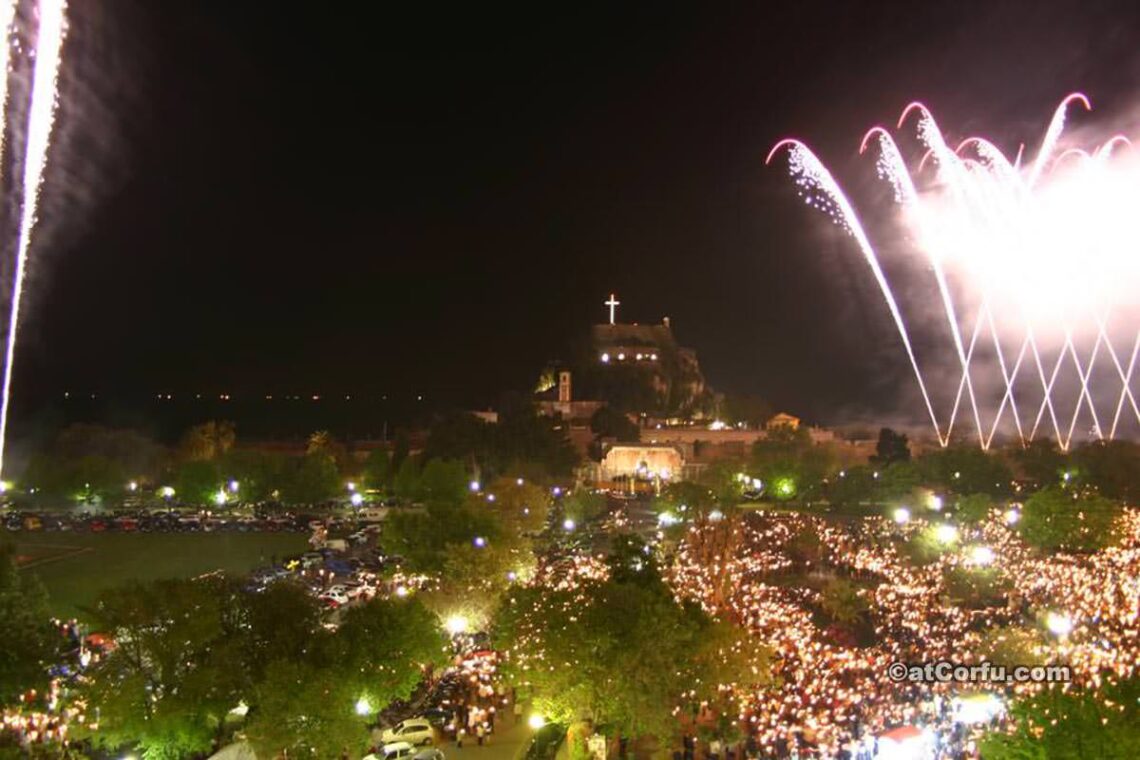

Celebrations and events in Corfu for Easter are unique, and attract visitors from other parts of Greece who mingle with local people and foreign tourists watching the processions, taking part in the services, and enjoying all the festivities.
It is the climax of the Greek Orthodox year, led up to by the forty days of Lent, which itself begins with a party- Kathara Deftera (Clean Monday), when families go out flying kites on the long golden sand beaches, or on the slopes of Mount Pantocrator, and eating shellfish and other fasting food.
Corfu’s Easter really begins on Palm Sunday when St Spyridon is carried around town, with services held at various points along the way.
His procession is extremely colorful, led by the bishop and surrounded by the priests in brightly colored robes.
It is preceded by the bands from Corfu Town and outlying villages, and the whole town seems full of music.
In a way it is the overture to the celebrations of Holy Week, when there are daily services, the religious intensity rising each day.
Anyone who wants to join in would be wise to look at one of the religious websites explaining the content and meaning of each service.
A particularly beautiful one is the Good Friday morning service when the body of the dead Christ is taken off the cross on the altar and symbolically wrapped in a winding sheet.
From the Friday morning onwards there is a sense of expectancy in the air, and visitors pour in by air and ferry, filling the island’s hotels as the celebrations rise in a crescendo, culminating in the midnight mass on Easter Saturday night, celebrated out of doors, weather permitting.
Greek easter processions


Visitors in their thousands are attracted by the processions which are unique to Corfu.
On Good Friday afternoon the ‘Epitaphios’ processions begin with the figure of the dead Christ carried at its heart.
The most spectacular one leaves from the Metropolis or Cathedral about 9.3opm. It winds its way along the Mouragia, and down the slope to the Spianada.
Its route is strewn with red and white flowers, and the streets are lined with people with lighted candles.
One of the most beautiful Orthodox chants is sung, and even the lights on the Liston are shrouded in purple, the color of mourning.
Every village has its Epitaphios, often accompanied by the town band and it is possible to see several during the afternoon and evening.
A particularly beautiful one is in the village of Gastouri when led the band, the people go in procession up to the Achilleon Palace.
On Easter Saturday morning St Spyridon is taken in procession around town, accompanied as always by the bishop and clergy, and the bands.
It is spectacular but very crowded, to get a good place you need to be in the main square area by about 8 am.
St Spyridon’s procession ends just before 11 am when the bells peal out and Corfu’s most unusual event occurs.
Pots of all shapes and sizes, many filled with water, are thrown out of windows in the buildings of the old town.
This is called the ‘First Resurrection’.
Great jubilation ensures now, the bands’ march around town playing secular music, there is dancing, wrestling, and general jollity.
Easter Saturday night and the resurrection mass is the highlight of the year.
Roads into Corfu Town are choked with traffic, and those who do not like crowds have the chance to experience the mass in every village on the island, often in a specially erected bandstand, as in Benitses.
The service starts in the churches but about 11.30pm it moves in procession out of doors.
Everyone waits with their candle, and at midnight the priest cries out ‘Xristos Anesti’ (Christ is risen).
Fireworks go off, and the rest of the service is drowned by their bangs.
Friends greet each other with the traditional greeting ‘Xristos Anesti’ to which the response is ‘Alithos anesti’-
He is risen indeed.
Red eggs are cracked, and families go to break their fast with the Easter soup- mayeritsa, made from the internal organs of the lamb they will roast on the spit the following day.
Highlights with photos from holy week
Here you can view photos and highlights from all the events of Easter from previous years
Achilleion Palace in Corfu – Opening hours, ticket prices
Achilleion Palace in Corfu
The magnificent Achilleion Palace lies just 10 kilometers to the south of Corfu’s historic old city and a mere 3 kilometers north of the charming village of Benitses.


Step into the Timeless Grandeur of Achilleion Palace: A Neo-Classical Jewel Amidst the Splendor of Corfu, Greece.
This architectural masterpiece, built in 1890, was a dream realized by the Empress Elizabeth of Austria. It stands proudly on the outskirts of Gastouri village, a site originally graced by the philosopher and diplomat Petros Vrailas Armenis’ residence, ‘Villa Vraila.’
Prepare to be captivated by the resplendent Achilleion Palace, a testament to the opulence and taste of Empress Elizabeth.
Its neoclassical façade and regal interiors beckon you into a world of timeless elegance, where history and beauty converge in perfect harmony.
As you wander through its halls, you’ll trace the footsteps of royalty and nobility, each corner echoing with tales of grandeur and romance.
Whether you’re a history enthusiast, an admirer of architectural marvels, or simply seeking a taste of imperial Greece, Achilleion Palace promises an unforgettable journey into a bygone era of splendor.
Explore its lush gardens, adorned with statues and panoramic views that sweep across the Ionian Sea, inviting you to immerse yourself in the opulence of a palace fit for royalty.
Experience the enchantment of Achilleion Palace, where Empress Elizabeth’s vision of beauty and grace still lingers, offering a glimpse into the regal world of the past, beautifully preserved for today’s discerning traveler.
Queen Elizabeth of Austria
Queen Elizabeth became known as the sad Queen Sisi.
She was the younger daughter of the Duke of Bavaria, and the Emperor of Austria, Franz Joseph, was told by his mother to marry her elder sister, but he fell in love with her instead.
Elizabeth felt stifled by the very strict protocol, dominating mother-in-law, and the regimented life in Vienna, and appears to have suffered minor breakdowns and depression frequently.
She traveled extensively for her health, and this became almost manic following the suicide of her son Rudolf, who shot himself and his mistress in a suicide pact at a hunting lodge called Mayerling.
Coming to Corfu she fell in love with the estate of the diplomat and philosopher Petros Vrailas -Armenis, and he gave it to her.
She then demolished the simple house and built the Achilleion Palace.
She was well known in the vicinity, and much loved as she had a well dug in lower Gastouri which saved the women walking long distances to get good water.
Once the palace was finished however she lost interest in it somewhat and came less frequently to the island.
On a visit to Geneva, she was assassinated by an Italian, who later said that he had gone to Geneva to kill a sovereign, and did not mind which one he killed, as long as he succeeded!
Elizabeth was an exceptionally beautiful woman and a skillful rider.
She was almost certainly anorexic, as she dieted maniacally, and never weighed more than 50 kilos.
She and her husband ruled the Austro-Hungarian empire, but whereas the Hungarians hated the Austrian rulers they loved Elizabeth, who also loved Budapest where she could escape from the rituals of Vienna.
To this day Hungarians talk fondly of her, and they, and also German-speaking visitors, especially enjoy visiting the palace this sad woman created on a Greek island.
The decoration of Achillion Palace
The palace is named after Achilles, the Greek hero of the Trojan War, and the interior is decorated with numerous statues and paintings depicting scenes from Greek mythology.
The most famous of these is the statue of Achilles that stands in the palace gardens.
The decoration of Achilleion was supervised by Elizabeth herself and reflects her admiration and love for Classical Greece, both interior and exterior are decorated with statues of ancient philosophers, heroes, and mythical ancient gods.
The entrance is decorated with many statues and columns, two centaurs decorate the balcony on the first floor and four brass Mice guard the balcony on the second floor.
Besides, the columns are statues of gods and philosophers.
On the second floor, there is a brass statue of the god Hermes, and the central large hall is dominated by works of Italian painters, most notably that of the Austrian Franz Matt depicting the triumph of Achilles.
On the balcony of the first floor, where there were the apartments of the Empress, the Ionic columns are adjoined by busts of philosophers and statues of the nine muses.
In the gardens of the palace are found the famous statues of the dying Achilles, Dionysus with Satyros on his shoulders, an impressive statue of Achilles 11.5 meters high, and a statue of Lord Byron.
After the murder of Elizabeth, the palace was bought by the Kaiser of Germany William II
The Kaiser made additions to the building and built the Kaiser’s bridge, 2 km from Benitses, to use for swimming away from prying eyes, and also mooring his yacht.
It is said that he came here in the summer to draw up his war plans secretly.
During the First World War Achilleion palace was used as a military hospital, then fell into decay, but during the 1970s and 1980s, it housed the casino of Corfu.
Today, the palace is open to the public as a museum and cultural center, featuring exhibits on the history of the palace and the island of Corfu.
Is the correct name Achilleion or Achillion?
How it should be written; Achilleion or Achillion?
Well, this building is dedicated to the mythical Hero Achilles, therefore it should be written as Achilleion and not Achillion, Achilleion is the correct writing, while Achillion is wrong! See the Wikipedia link
Anyway, we use both names on the website because many people still use the wrong name.
Opening hours, ticket prices, information
The Achilleion museum is open daily from 08:00 am to 7 pm, and on Saturdays, Sundays, and holidays from 8 am to 2.30 pm
The ticket prices range from 2-10 €
More specifically, for children up to 14 years is 2 €, for youngsters up to 18, for students and large families 5 €, and all adults is about 7 €.
A full ticket with an audio guide etc. is 10 €
For additional information call: 2661056245
Contact and phone numbers
For additional information call: 2661056245 Mr. Ioannis Tsampodimos.
Fax: 26610 56284
e-mail: msachil@etasa.gr
Paleopolis: We Discover the Ancient City of Corfu
Ancient Corfu or Paleopolis


Step into the world of ancient wonders as you embark on an imaginative journey to the heart of Corfu’s past, known as Paleopolis, or the Old City.
Unveiled through archaeological marvels of the last century, this city traces back to the 8th century BC, emerging from the dreams of Dorian Greeks from Corinth, led by the visionary Chersikrates, in the mesmerizing stretch between Garitsa and Halikiopoulos lagoon.
While the modern city flourishes north of Garitsa Bay, flanked by the iconic Old and New Fortresses, the very spot where today’s airport stands was once the bustling harbor of this ancient haven.
Let your mind wander through the bustling streets of ancient Corfu, where the heartbeat of the town echoed from the grounds of the ancient market, and the Acropolis reigned supreme on the lofty peak of the Kanoni peninsula, now graced by Analipsis.
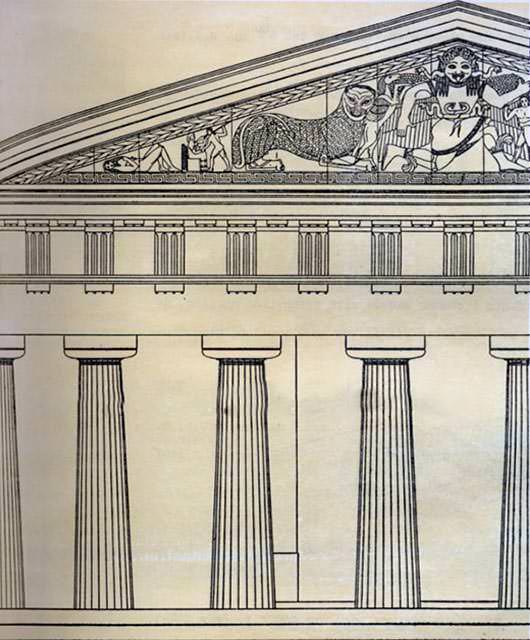

Echoes of history reverberate within the section of the ancient walls and the sentinel watchtower, offering a unique perspective as it gazes out over the runway instead of the sea. This path unfurls by the side of Corfu’s largest cemetery, a place where twilight unveils a dance of red votive lamps in the gentle breeze.
While tending their gardens, residents here find relics of the past, from cannonballs to fragments of an ancient world. Though tightly preserved now, the 1960s witnessed the development of Kanoni’s promontory, burying many archaeological treasures in the earth.
Follow the path onward, passing the ancient temple of Athena, and the road to Mon Repos Palace unravels. Just outside, you’ll glimpse extensive archaeological works, and within the palace grounds, a temple whispers of stories from centuries past.
Transport yourself back to bustling trade days, as colorful ships from countless tribes docked along the quayside, laden with vibrant wares exchanged in barter.
Intrigue lingers within a private estate on Kanoni, home to a magnificent lemon eucalyptus tree that stands as a living puzzle. Tree specialists vouch for its age—900 years, a species typically found oceans away in Australia. Could ancient sailors have woven this enigma into history, predating Captain Cook’s journey by nearly 700 years?
Beyond this, Garitsa’s realm reveals remains of Byzantine churches, a style divergent from the rest of the island. Among them, the exquisite Sts. Jason and Sosipatros Church beckons exploration—a haven that witnessed the birth of Christianity in Corfu, adorned with frescoes that tell tales of the ages.
Feel the pull of time as you journey through Paleopolis, where mysteries and stories unfold with every step, and history breathes life into ruins, reminding us of the resilience and spirit that shaped this enchanting land.
Historical Importance of the Ancient City of Kerkyra
Thucydides, the ancient historian and author of “History of the Peloponnesian War,” describes the ancient city of Kerkyra (Korkyra) as a powerful and well-fortified city-state with a strategic position in the Ionian Sea. He notes its strong naval presence and its importance in regional politics.
At that time, Kerkyra was a dominant naval force that exerted influence over its neighboring regions. After all, the Corfiots established colonies, such as the city of Epidamnus, which is located in what is now Albanian territory, known as Dyrrhachium today.
The city’s maritime strength allowed it to maintain control over nearby islands and coastal areas, making it a significant player in the geopolitics of the time.
Furthermore, Thucydides emphasizes Kerkyra’s role as a player in the larger conflict between Athens and Sparta, highlighting its alliance with Athens. This alliance led to conflicts with the nearby city-state of Corinth, which was allied with Sparta. The tensions and conflicts involving Kerkyra are discussed in Thucydides’ narrative of the Peloponnesian War.
Overall, Thucydides’ portrayal of Kerkyra underscores its political and naval importance in the ancient Greek world, as well as its involvement in the complex web of alliances and rivalries that shaped the historical events of his time.
More archaeological sites
The Monument of Menecrates


Nestled within the embrace of Garitsa, the Monument of Menecrates emerges as a captivating relic of the 6th century BC, a discovery that ignited the imagination when unearthed in 1843.
Its allure lies not only in its ancient origins but also in the enchanting archaic inscription that graces its form. This very inscription, a treasure suspended in time, is hailed as the oldest of its kind ever to grace Greek soil. Intriguingly, it beckons you to read it upside down, a secret twist that reveals Menekrates’ role as the consul of Corfu town in the vibrant Oianthi—a once-thriving town that now dances with echoes near the shores of Galaxidi, a charming seaport on the mainland of Greece.
As you stand before this testament to time, feel the layers of history unfold around you. This monument, with its enigmatic message and timeless aura, whispers tales of distant eras, bridging the gap between past and present.
The Tower of Nerantchicha


Tucked away behind the cemetery, the Tower of Nerantchicha stands as a silent sentinel, a living link to the city’s past. This is an awe-inspiring wall of the 4th century BC, soaring 6 meters high, embracing the city’s heart. And right there, this tower stood, unwavering against time’s relentless current.
But its tale doesn’t end with ancient days. Imagine it transforming, a chameleon of history, into a Byzantine church. How fascinating, isn’t it?
This tower, once a protector, embraced a new role as a place of worship. As you gaze upon its weathered stones, let your imagination wander through the ages.
From ancient defenders to spiritual seekers, the Tower of Nerantchicha echoes with stories of resilience and transformation, inviting you to become part of its ongoing narrative.
Temple of Artemis


Embark on a journey back in time to the heart of ancient Corfu’s spirituality, where the temple of Artemis Gorgon holds its mystical allure. Imagine the 6th century BC, where this sacred sanctuary stood, a place of reverence and connection to the divine, nestled near the serene monastery of Saint Theodore.
Though discovered in 1822, time has been both a guardian and a thief, leaving us with only a few precious fragments of its grandeur. Wander the grounds, and you’ll uncover more stories in the whispers of smaller buildings that once adorned this hallowed space.
And that’s not all—venture to the Mon Repos estate and delve into the mysteries of the past. Here, two more ancient temples lie in wait. One, a tribute to Apollo, stands as a testament to the Doric style, while fragments from a temple, older than time itself, hint at the veneration of Hera. Let the ancient stones whisper secrets of faith, honor, and devotion as you explore these remnants of a spiritual legacy.
The Palace of Mon Repos


Nestled to the east of Paleopolis lies the elegant neoclassical jewel, Mon Repos. Imagine the year 1830, when the visionary British Commissioner, Sir Frederick Adams, breathed life into this architectural masterpiece. Step beyond its walls and into a world where history met royalty—this stunning edifice once served as a cherished summer escape for the royal family.
While it may not be steeped in the ancient mysteries of Corfu, Mon Repos is a bridge between eras. Wander its halls and gardens, and you’ll find more than just a building—it’s a gateway to the past. Now, this regal residence has evolved into more than a memory; it’s become the haven of the Paleopolis Museum, where relics and stories of ancient times come alive. Allow Mon Repos to be your guide on a journey that transcends centuries, weaving together the threads of tradition and modernity in a tapestry of splendor.
Corfu sites in Paleopolis’ wider area
Behold a captivating snapshot from the realm of Google—a window into the enchanting expanse of Paleopolis, nestled just south of the charming Garitsa. If you let your eyes wander, you’ll catch the airport gracefully lounging to the left.
But wait, don’t just glance—dive in! Click on this visual gateway to unlock a treasure trove of history. Follow the trail of ancient monuments, each a whisper from the past, and watch as Mon Repos emerges like a gem amidst the landscape. It’s not just a photo; it’s a portal to a world where echoes of time are waiting to be unveiled. So, go ahead and click—it’s your invitation to embark on a journey through the ages!


Corfu’s Summer Season
How long is Corfu’s summer season?
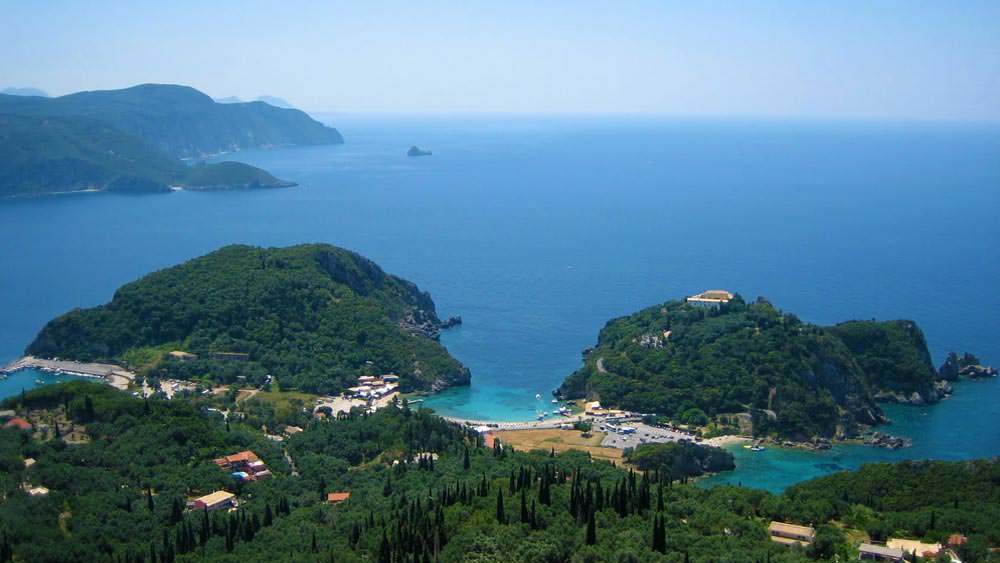

In the 1970s when Corfu first became widely visited by tourists the season stretched from the end of March until early November.
Of course, the island was not full for all those months, but from May15th-September 15th it was difficult to find empty rooms in the hotels.
People in Corfu pitied those in other parts of Greece such as Halkidiki, which had a much shorter season.
But then fashion changed and the number of visitors fell.
Flights were canceled and eventually, it became difficult to get direct to Corfu before early May, or after mid-September.
This was sad as the people who liked coming early and late were usually people who really loved the island, who wanted to walk through the hill villages in the cooler weather, see the wildflowers and migrating birds, paint, and do things other than lying on a beach and bake.
Fortunately, first Easyjet and then Ryanair began new routes to the island, offering low-cost flights which benefitted both visitors who liked coming out of the main season, and also Corfu residents wishing to go in the other direction.
Additionally, these companies began flights to other parts of Europe- Oslo, Milan, etc. and a new market began to build up.
These flights start early and go on later than most of the traditional charter companies.
The main tour companies may still be wary of venturing outside the peak season, but these low price flight companies have given opportunities for groups of like-minded travelers to be able to enjoy all the things Corfu has to offer.
There are now cookery holidays, Tai Chi courses, and many more unusual vacations available, and groups are accommodated in one of the several places arranged specifically to cater to their needs.
This market is still building up but it is the new Corfu, all the old attractions but with so much more to offer the visitor.





